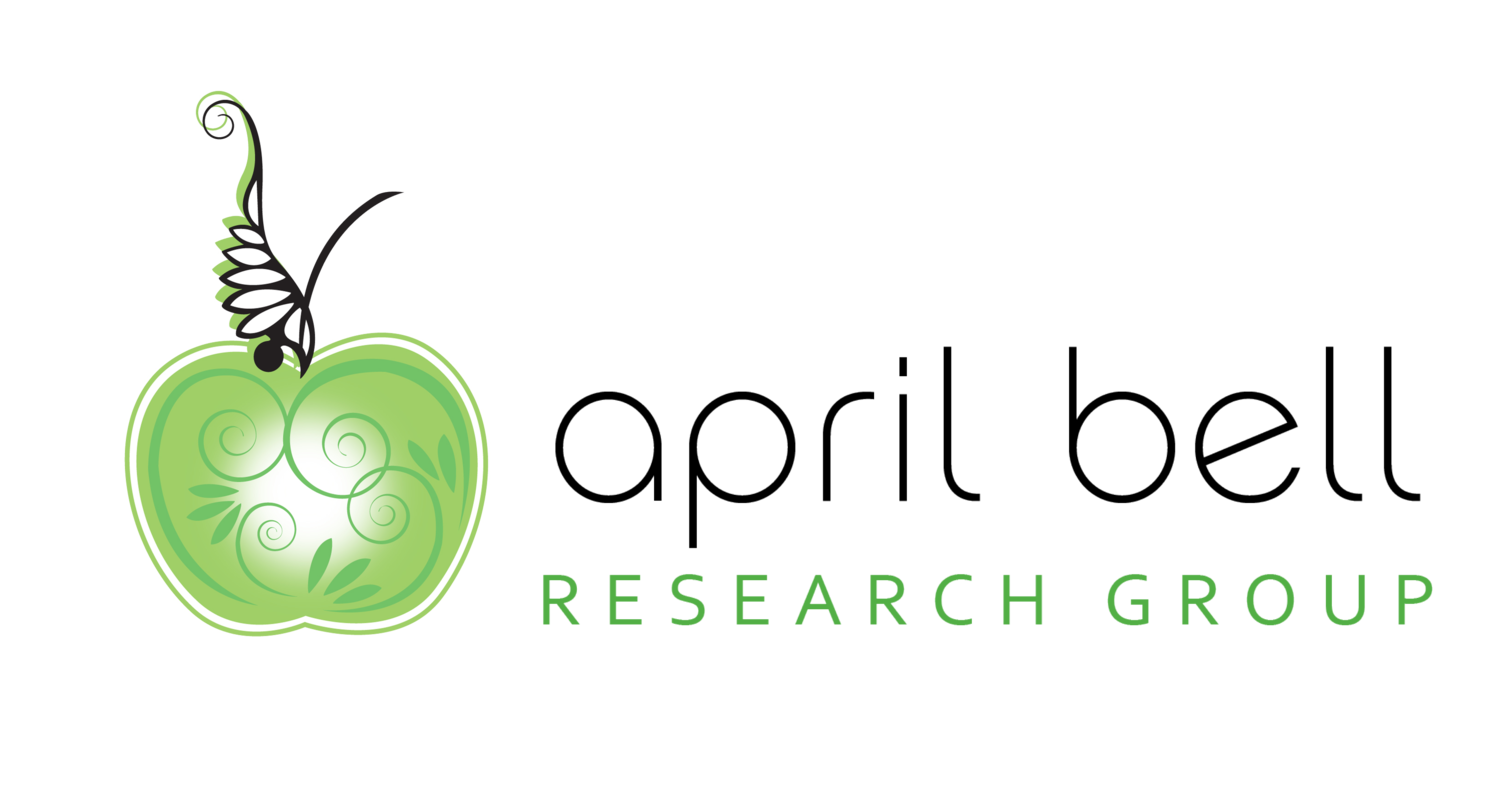Until a couple of years ago, I knew very little about Montessori schools – something about kids having freedom of choice in the work they do. But I was a bit skeptical about whether that would be a good environment for my child. I felt if given too much “free reign”, my daughter would be the type to run with it. (I think she gets that from her Dad! :) But an event in her first preschool left me feeling different. I walked in one day to pick her up, and the teacher pulled me into the classroom. With every 4-year old eye on me (including my daughter’s), the teacher pointed up to a wall of kid’s work – all of the letter “u’s”. My daughter’s work was hanging up – completely blank. Then, the teacher proceeded to tell me about how my daughter wouldn’t listen in class, showing me the blank piece of paper she had posted up for everyone to see. My face reddened, and so did my daughter’s. When we left the class, I began questioning her to understand what was going on, and she broke into tears and said “mommy, I don’t know how to draw a ‘U’ – I don’t know how to do it right.” And that experience is what led me to rethink putting her in a Montessori classroom - how that environment would be interesting to learn more about…
Fast forward 2+ years, and I am thrilled that we found White Rock Montessori. Not only has our daughter thrived in this environment but we have as well, as parents.
After seeing the impact Montessori had on her love of learning, I was curious to understand more about “why” this was effective for her, as well as “how” the classroom works. What I discovered was that some Montessori principles were applicable to the work we conduct with our clients.
When conducting marketing research, my teams are very involved in “learning” – learning what people think about products, how consumers react to new ideas, etc. And my job is not only to learn new insights through my interviews but also keep my clients engaged in the learning.
Here are the Montessori principles that directly link to the work I do -
1. Pull, Don’t Push - Montessori teachers refer to this as “The Art of Drawing Out.” Instead of pushing information in, they use acknowledgement and questioning to get children to think about what they are doing. This helps children learn to be accountable for their learning. Similarly, when in research, questioning the listening team to help “draw out” learnings creates ownership in the learning process.
2. Concrete Before Abstract - The Montessori belief is that students learn best from something they already know, so teachers use physical objects to begin each lesson, and present new concepts through storytelling. This builds connection with students’ emotions and gives them greater interest in the concept. In my practice, especially when conducting ideation sessions, I find this principle helpful to ignite creativity with clients. When brainstorming, it is actually easier to create new ideas by starting with “constrained” stimulus because participants start with something they can visualize, making it easier to alter/change/adapt to new ideas. Learn more about this topic from Chip & Dan Heath’s Myth of the Garage eBook (see “Get Back in the Box” page 31). This helps spark their imagination and allows them to think about “abstract” concepts.
3. Structure That’s Flexible - The beauty of this principle is that children believe they have freedom of choice but their choices are orchestrated around what the teacher plans for them to learn. Providing a flexible structure for learning with client teams is just as important because clients appreciate getting to make choices – and it allows them to “own” the process.
4. Observe Before Acting - Teachers in a Montessori classroom don’t take on the traditional role – you won’t see them in front of the room, chalk in hand, writing out a math problem step-by-step. They see themselves as guides, not teachers. They ask questions, then sit back and let students take their own path to figure out a solution - make their own decisions. As a facilitator of client’s learning, my role of guide is similar. Sometimes this means facilitating a highly involved team debating a controversial learning. Other times, creating activities to encourage a distracted team to actively work together is necessary.
Check out this video to see all 4 of these principles in action in a Montessori classroom environment.
I will be speaking more on this subject, specifically how I use these principles alongside a Design Thinking at the 2017 QRCA Annual conference in LA on January 19. Click here for the schedule conference and other presentations.
















